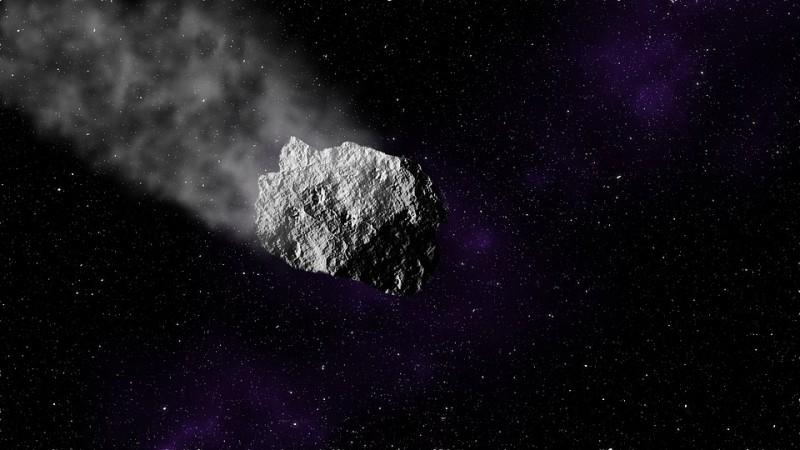
An asteroid found near Jupiter is the first outsider that is known to have come from beyond the Solar System to take permanent residence here. Planets and other objects in the Solar System orbiting the Sun were formed about 4.5 billion years ago and as such it is a pretty closed system.
Most asteroids live in the asteroid belt between Mars and Jupiter, so even finding one outside of that belt is an anomaly. The asteroid was discovered in 2015, and named 2015 BZ509, reports USA Today. Scientists have only now come to an understanding that it is not actually from the Solar System, but from the interstellar space. It came to this neighbourhood a few years after the Solar System was formed and has stayed here ever since, sharing Jupiter's orbit.
Another strange thing about the BZ509, is its orbit. While most planets and asteroids spin in the same direction around the Sun, BZ509 spins in the opposite direction, in "retrograde" notes the report. "How the asteroid came to move in this way while sharing Jupiter's orbit has until now been a mystery," said Fathi Namouni, lead author of the new study and a scientist at the University of Cote d'Azur in Nice, France.
The object has also always had this path around the Sun, say the researchers, after running several simulations. "If 2015 BZ509 were a native of our system, it should have had the same original direction as all of the other planets and asteroids, inherited from the cloud of gas and dust that formed them," Namouni said. Even the asteroid found past Neptune, far from the asteroid belt was created within the Solar System.
BZ509 is about 3.2 km across, notes the report. "Asteroid immigration from other star systems occurs because the sun initially formed in a tightly packed star cluster, where every star had its own system of planets and asteroids," said Helena Morais, a study co-author from Sao Paulo State University in Brazil.
"The close proximity of the stars, aided by the gravitational forces of the planets, help these systems attract, remove and capture asteroids from one another," she said.
However, there is still debate in the scientific community about whether or not this hunk of rock came from outside or if it was formed here in the Solar System. "It's feasible what they're saying, but there are other possibilities," Elisa Quintana, an astrophysicist at NASA's Goddard Space Flight Center, was not involved in the study, told The Washington Post. "We live in such a dynamical universe, it's hard to rule out just pure chaos and collisions."

















